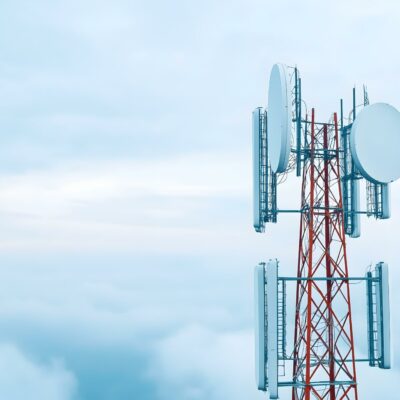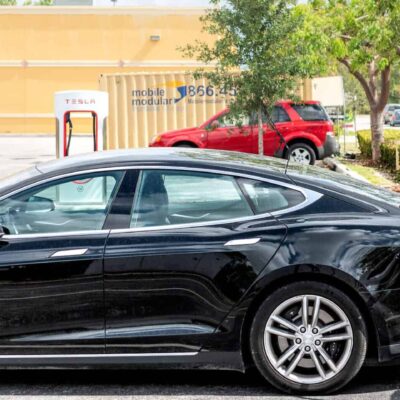As wireless connections worldwide continue expanding in coverage and capabilities, we are beginning to see conflicts in the airwaves rather than on the ground. Since last year’s announcement detailing the deployment of a new C-band wireless 5G service, telecom providers have been clashing with U.S airline carriers about the rollout’s implications. The new service was slated to launch on January 5th but after the threat of legal action and lobbying, AT&T and Verizon Communications Inc. agreed to push back the release for the second time to January 19th. Aviation officials claimed that the original rollout plan was irresponsible, prompting the airlines to threaten to sue the wireless providers and halt their use of the airwaves.
The prospect of dispute dissipated after the wireless providers committed to delaying the use of C-band 5G towers for six months if the aviation industry agreed to discontinue their campaign against the service. And though tensions seemed to have eased as we head into this spring, there is still some debate over how much these wireless signals will truly affect airline operations as 5G infrastructure continues to evolve. Let’s take a quick look at what’s going on in the airspace.
The Potential Problems
While wireless providers and the Federal Communications Commission claim that 5G poses no risk, aviation groups and the FAA still have a lingering fear that 5G service expansion will disrupt their operations, increase workloads, and reduce the crew’s ability to provide a safe flight overall.
Their main concern is over altimeter readings; altimeters measure aircraft altitude and operate in the 4.2GHz to 4.4 GHz frequency range, aiding airline crews in landing in situations where visibility is low. But since the 5G wireless broadband operates in the 3.7GHz- 3.98GHz spectrum, the FAA warned that certain aircraft systems may be disrupted. And as wireless expert and WIT IP Advisory Panel member Muriel Medard explained to NBC, the issue here more so lies in spurious radiation; these are a smaller set of emissions outside of the narrow set of C-band frequencies in which 5G operates, and they are harder for altimeters to filter out of the spectrum.
Though the FAA has now cleared an estimated 90 percent of the U.S commercial aircraft fleet for low-visibility approaches, there are still some restrictions on flight operations using “certain types of radio altimeter equipment close to antennas in 5G networks”. For the other aircraft affected, the organization has issued a series of Airworthiness Directives (AD) that amend the landing requirements for specific planes.
But what will the industry look like after those six months? And how will the two entities continue to facilitate collaboration?
What’s to Come in Wireless
Although wireless providers and airline operators have agreed on guidelines surrounding current rollouts, there are still tensions surrounding a full application of this new spectrum. As we saw last winter, frustrations can mount quickly and change the course of the entire industry. To that end, we see an opportunity for potential litigation in this space as wireless providers will undoubtedly continue vying for a larger piece of the spectrum. Specifically, the lack of a coherent position between the FAA and FCC coupled with industry pressure to expand will likely create additional problems as the FCC looks to utilize more of the spectrum for commercial operations.
There could also be continued pushback from airlines and the FAA if further complications are found during these six months, prompting them to ask for additional delays. But with all the postponements, restrictions, and compromises made by wireless providers thus far, they may be less likely to concede in the instance there are further disagreements. As their service areas have already been reduced, consumers and carriers alike may begin to push harder for expanded connectivity.
As Medard explained, concerns about spurious emissions and service interruptions are not insurmountable. Currently, the focus should be placed on pinpointing exactly which altimeters can be affected, a task that has already been taken on by the FAA. Then, a set of standards need to be created to ensure that any altimeters manufactured going forward will no longer be vulnerable to 5G interference. Without this, conflicts may spark this summer when AT&T and Verizon are ready to continue filling the gaps in their networks.
Want more insight on this topic or on wireless networks? Then, reach out to WIT for the best experts to inform your litigation strategy. Our expert teams were created to address what we expect to be the key areas of IP litigation in emerging technologies, like 5G/6G. Follow us to stay up-to-date on what is to come in the future of the wireless industry, and contact us to learn more about our partner briefings.




